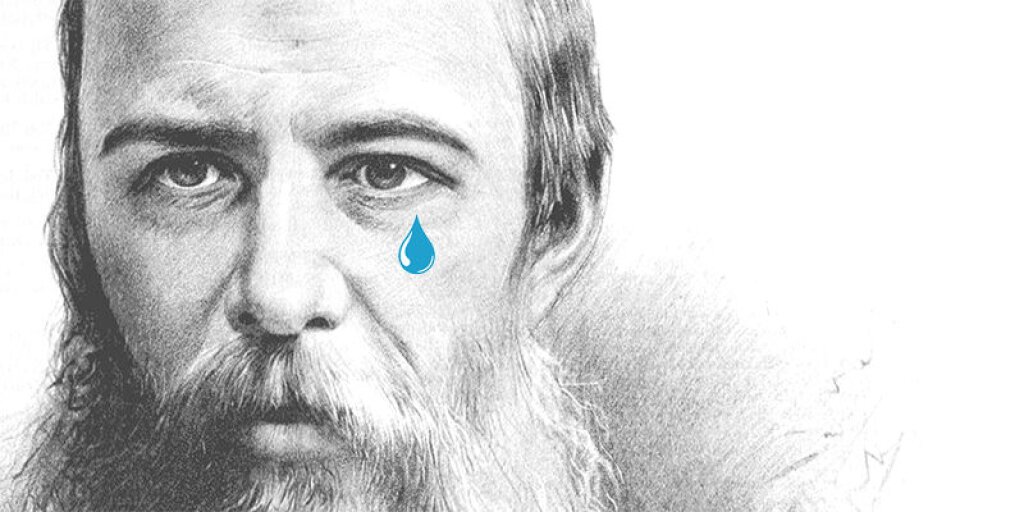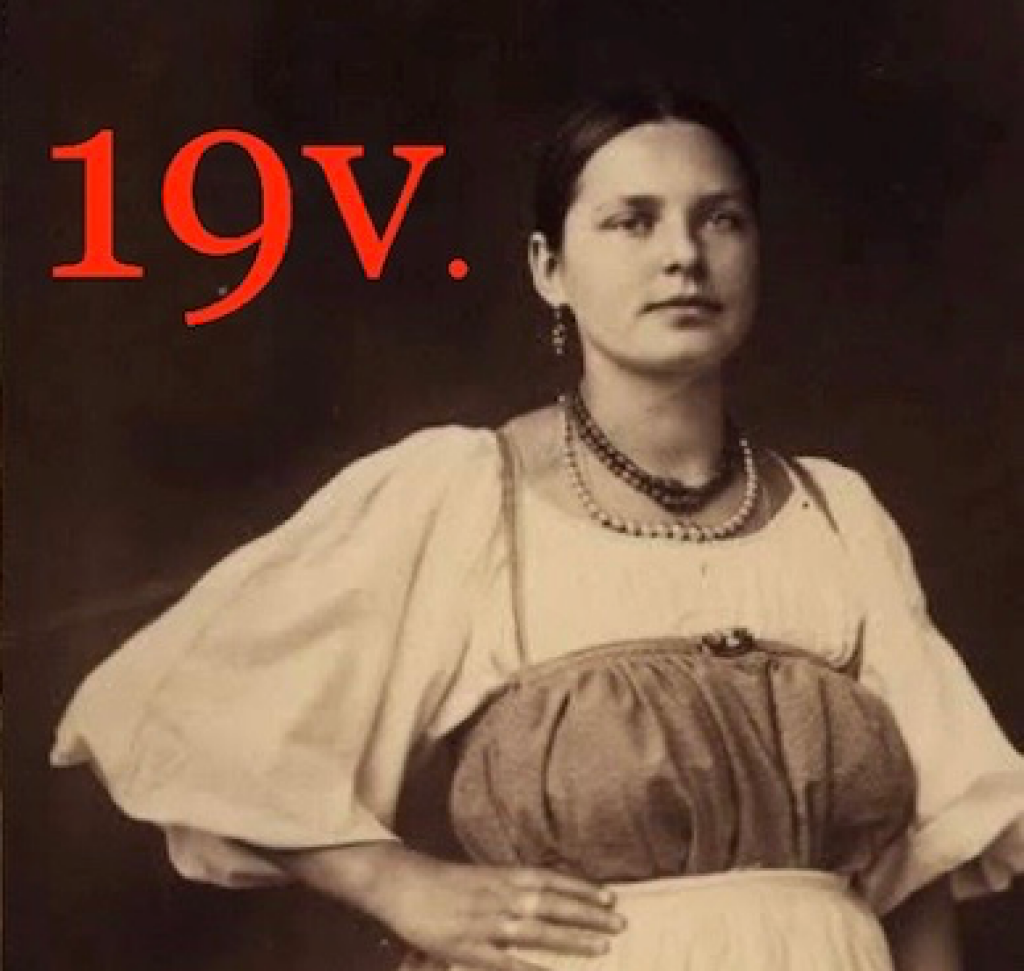Melissa Frazier is a professor at Sarah Lawrence College.
I'm not one of those American Slavists who came to the study of Russian literature by way of Dostoevsky. For a long time, I wasn’t even particularly interested—I’m afraid that I took the pseudo-Nabokovian reading of Dostoevsky as my own, and even as my students clamored for more Dostoevsky, I resisted the idea of a Russian literature defined by Big Ideas. It was only when I finally gave in and taught a course on “Dostoevsky and the 1860s” that I realized that Dostoevsky was not just a writer of astonishing formal inventiveness, but also often wildly funny. When I promptly followed up with another on “Dostoevsky and the West,” I discovered in Dostoevsky an extraordinary reader. The Dostoevsky that I write on now combines all of the above in his sophisticated rendering of a certain strain of nineteenth-century materialism.
Aileen Kelly has recently accounted for Herzen’s commitment to the natural sciences with reference to his reading of both Feuerbach and Schiller. The same is also true for Dostoevsky. While Feuerbach is most often remembered in the crude terms of “you are what you eat,” his was not a material world devoid of thought, but a world where thought as both imagination and reason is itself always embodied. As Feuerbach writes, his philosophy “joyfully and consciously recognizes the truth of sensuousness: It is a sensuous philosophy with an open heart.” Like Herzen and like Dostoevsky, the young Schiller trained in the sciences, and his plays anticipate Feuerbachian “sensuousness” on two levels: it is not just that his characters are remarkably physically involved—in The Robbers (1781), Franz “paces violently,” faints, and even “writhes … in fearful convulsions”—but that his audience responded in kind. Belinsky remembered the Moscow production of The Robbers in 1828 as “that wild, flaming dithyramb erupting like lava from the depths of a young, dynamic soul”; on just reading the same play in 1794 an excited young Coleridge wrote to his friend Robert Southey: “My God! Southey! Who is this Schiller? This Convulser of the Heart?” This insistence on putting minds in bodies and bodies in the world runs all through nineteenth-century science, although not in the kind that literary scholars know best.
That science is the sort that Dostoevsky called “half-science,” also known as Nihilism (in Russia) and/or Positivism (in Western Europe). For all its fame, “half-science” offered more in the way of ideology than actual science. With the exception of Claude Bernard, its purveyors also operated outside the scientific mainstream, so much so that we know their work largely from its literary incarnations. Bazarov with his dissection of frogs is an especially noted practitioner, as are the unfailingly jargon-ridden heroes of What Is To Be Done? (1863): “Statistics have already demonstrated that the female organism is more resilient,” Chernyshevsky’s Kirsanov explains, “You’ve read these conclusions only in life-expectancy tables. If you add physiological evidence to the statistical data, then the difference emerges as much greater.” The most significant of nineteenth-century scientists (Charles Darwin, James Clerk Maxwell, Hermann von Helmoltz, George Henry Lewes, William James, Charles Peirce) started instead from the Latourian premise of mind as itself “a wriggling and squiggling part of nature” in order to imagine a material world marked by multiplicity, contingency, and a rigorous uncertainty. This more complete science, and the commitment to “sensuousness” that underlies it, was also Dostoevsky’s.
Dostoevsky, too, tells stories of minds and bodies functioning in the world as an integral part of what his Razumikhin calls “the living process of life.” While Dostoevsky consistently presents the human mind and body as aspects of a natural world that in turn enjoys its own agency, this idea finds especially beautiful expression in The Brothers Karamazov (1880) in Ivan’s love for “sticky little leaves” as in Father Zosima’s belief that animals, too, have souls; in Ivan’s rejection of non-Euclidean geometry, Dostoevsky argues that we better apprehend the multiplicity of the material world through a more recent, more complicated and more flexible kind of mathematics. At a time when my students are overwhelmingly concerned with climate change, a science that places minds in bodies and bodies in the world is a Very Big Idea. Dostoevsky doesn’t just tell a different story of science, however, but enacts one.
Scholars have long characterized nineteenth-century literary Realism in scientific terms. As René Wellek writes, what he calls “the objective representation of contemporary social reality” relies on “the orderly world of nineteenth-century science, a world of cause and effect, a world without miracle, without transcendence even if the individual may have preserved a personal religious faith.” Wellek’s idea of “objectivity” would seem to rule out the further reaches of figurative language, and Dostoevsky with his reliance on extravagant plots and overt, even over-the-top figuration is usually cast as less than entirely Realistic. A science predicated on the interrelationship of mind and matter lends itself not to a stripping-away of figurative language, however, but to its complication, and here my project, like the project that is 19v, asks that we re-consider what Realism might entail. Dostoevsky teaches us that we turn to art not because the material world is impoverished, but because minds and bodies in the world really work that way.



